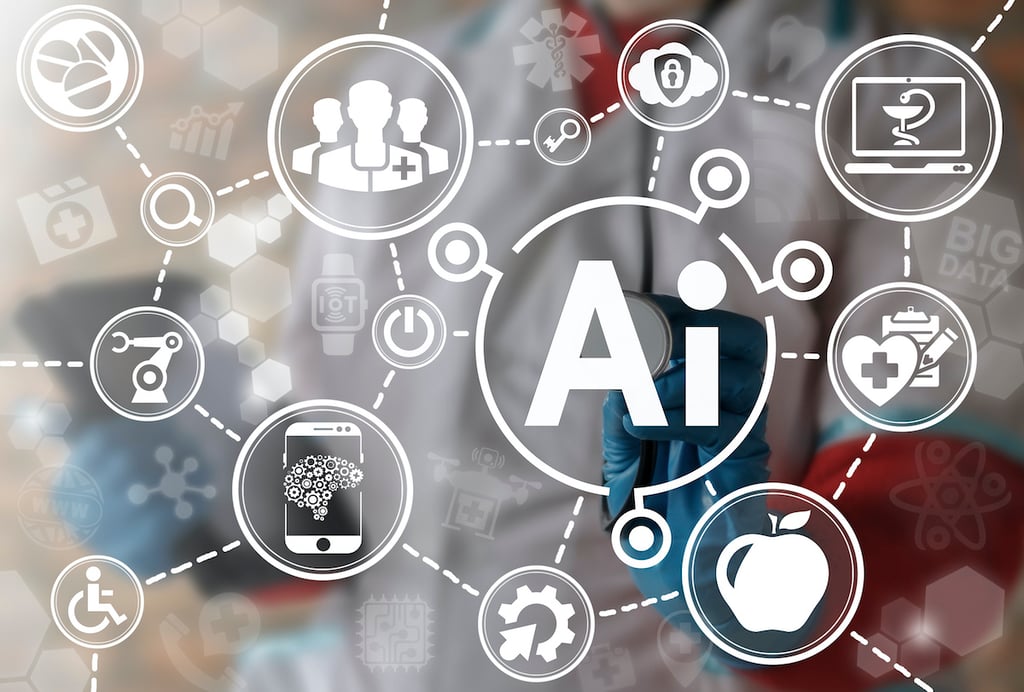Cisco this week outlined a multiyear strategy for layering artificial intelligence (AI) into its unified communications portfolio that spans everything from translation to automatically adjusting smart cameras. Most of that effort today manifests itself in smart cameras that leverage machine learning algorithms to, for example, minimize the fish-eye lens effect that is commonly experienced in […]
Cisco this week outlined a multiyear strategy for layering artificial intelligence (AI) into its unified communications portfolio that spans everything from translation to automatically adjusting smart cameras.
Most of that effort today manifests itself in smart cameras that leverage machine learning algorithms to, for example, minimize the fish-eye lens effect that is commonly experienced in legacy video conferencing systems. At the Cisco Partner Summit this week, Cisco announced it has extended that portfolio to include Webex Room Kit Mini, which is designed for smaller room spaces.
But Sri Srinivasan, vice president and general manager for the Team Collaboration Group at Cisco, says smart cameras are only the beginning. Cisco will soon be leveraging investments to first provide transcription services, followed in a year or two by language translation capabilities, all of which will be invokable via speech-enabled digital assistants.
Srinivasan says digital assistants will be able to handle a broad range of tasks before, during and after the meeting, including scheduling and making it easy to review action items that were assigned to team members at the last meeting.
Cisco also plans to pull in data from external sources such as LinkedIn to make it easier for meeting attendees to know what role someone might play within any of the multiple organizations that might be engaged in a meeting, adds Srinivasan.
Cisco meeting software will also make it much simpler to instantly drop into a meeting with catalogs or set one based on all the participants’ calendars, says Srinivasan.
Srinivasan says all these capabilities will be coming much sooner than anyone expects. The challenge is making them available in a way that hides the complexity of the algorithms that enable these capabilities from the end user.
“The building blocks are already there,” says Srinivasan. “We’re trying to make the technology invisible.”
What impact all these capabilities will have on everything from productivity to the need to hire human assistants remains to be seen. But the one thing that is clear is that the way humans collaborate in the workplace is about to significantly transform.
MV
Michael Vizard is a seasoned IT journalist, with nearly 30 years of experience writing and editing about enterprise IT issues. He is a contributor to publications including Programmableweb, IT Business Edge, CIOinsight and UBM Tech. He formerly was editorial director for Ziff-Davis Enterprise, where he launched the company’s custom content division, and has also served as editor in chief for CRN and InfoWorld. He also has held editorial positions at PC Week, Computerworld and Digital Review.








